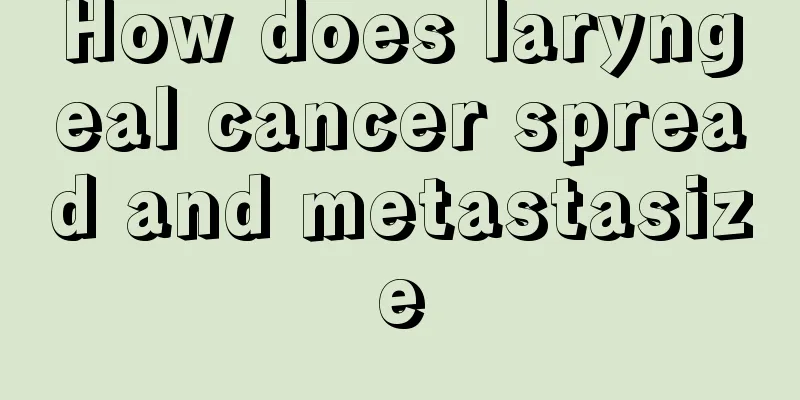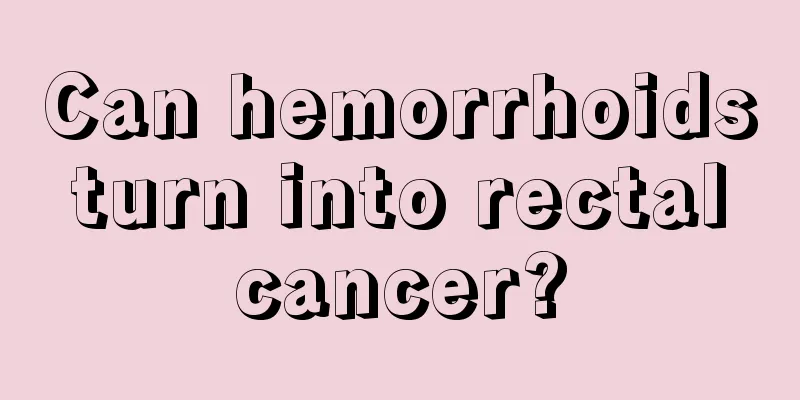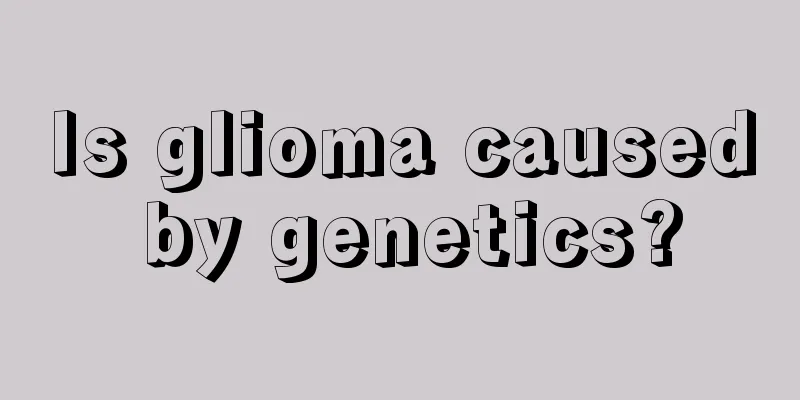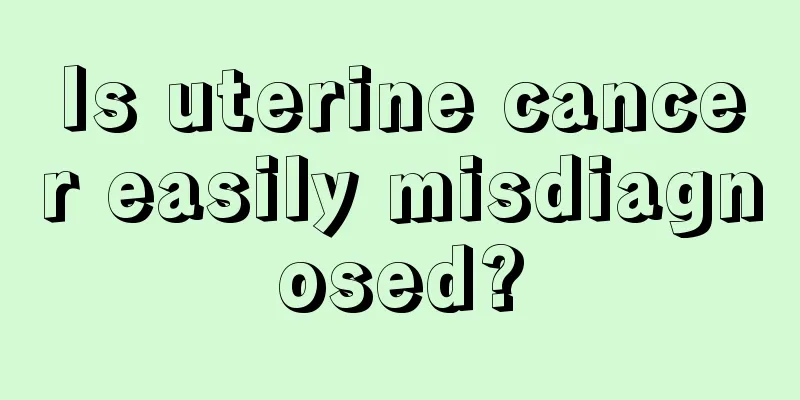What is the treatment for subacute thyroiditis?
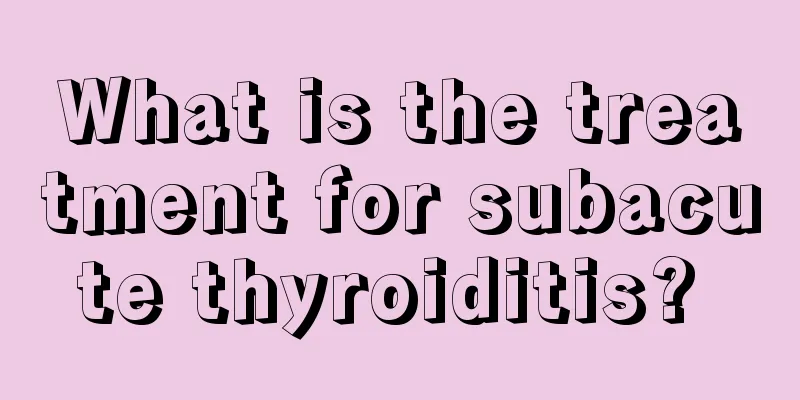
|
Subacute thyroiditis is the most common type of thyroid disease. It has a certain degree of self-limitation and is generally caused by a viral infection. The incidence of subacute thyroiditis is very high, and heredity may also be an invisible factor causing thyroiditis. We must pay attention to the treatment of subacute thyroiditis. Delaying treatment may induce complications and endanger your health. So what is the treatment for subacute thyroiditis? 1. Early treatment Early treatment aims to reduce inflammation and relieve pain. For mild cases, acetylsalicylic acid (1-3 g/d, orally in divided doses), nonsteroidal anti-inflammatory drugs (such as indomethacin 75-150 mg/d, orally in divided doses) or cyclooxygenase-2 inhibitors can be used. Glucocorticoids are suitable for patients with severe pain, persistent and significant increase in body temperature, and those who are unresponsive to salicylic acid or other non-steroidal anti-inflammatory drugs. They can quickly relieve pain and alleviate symptoms of thyrotoxicosis. Initially prednisone is 20-40 mg/d, maintained for 1-2 weeks, and the dose is slowly reduced according to changes in symptoms, signs, and ESR. The total course of treatment is more than 6-8 weeks. Reducing the dosage too quickly or stopping the medication too early may cause the disease to recur, so care should be taken to avoid this. If relapse occurs during medication discontinuation or dosage reduction, glucocorticoids can still be used, which can also achieve better results. For patients with significant thyrotoxicosis, beta-blockers can be used. Since there is no increased synthesis of thyroid hormones in this disease, antithyroid drugs are not used for treatment. Thyroid hormone is used for patients with obvious and long-lasting hypothyroidism; however, since a decrease in TSH is not conducive to the recovery of thyroid cells, it should be used in a short term and in small amounts; permanent hypothyroidism requires long-term replacement therapy. 2. Prognosis Subacute thyroiditis is a self-limiting disease with a good prognosis. Most patients can recover on their own within weeks or months. During the treatment, the main focus is on symptomatic treatment. The prognosis is good, and most patients can recover without any sequelae. According to the clinical manifestations, conservative medical treatment is the main approach, supplemented by Chinese medicine. Topical application of damaging or corrosive Chinese herbal medicines is not recommended to avoid skin damage. And surgery is rarely used. 3. Note Surgical treatment is not suitable unless there is a thyroid tumor or a very small number of people whose pain cannot be relieved for a long time, in which case the diseased thyroid gland needs to be removed. Traditional Chinese medicine has a certain effect on this disease and is generally used together with the above-mentioned medicines. The main treatment principles are clearing away heat and detoxifying, invigorating Qi and strengthening the exterior, and soothing the liver and dispersing nodules. |
<<: What is the treatment for acne?
>>: Symptoms of malnutrition, information you can understand at a glance
Recommend
Pain symptoms in patients with esophageal cancer
As the condition of esophageal cancer patients co...
Is acupuncture effective for migraine
Migraine is a relatively common type of headache....
What are the functions of fruit peels
In pursuit of healthy eating, in addition to choo...
Are prostate cancer symptoms serious?
The severity of prostate cancer symptoms depends ...
How to urinate after bladder cancer surgery
My uncle was diagnosed with advanced bladder canc...
The difference between honey powder and loose powder
Loose powder and loose powder are very common to ...
Can I have children if I have early kidney cancer?
According to a study by researchers at NYU Langon...
How to quickly remove the smell from the suitcase?
With the great improvement of modern living stand...
What are the early symptoms of cervical cancer? What causes cervical cancer?
Cervical cancer, also known as cervical cancer, i...
What does Libujinqiu Capsule treat
At present, when people choose to take medicine, ...
Will melanoma be passed on to future generations?
No tumor is necessarily hereditary. The so-called...
How to fade a tattoo? These are the methods!
Many young people have the habit of getting tatto...
How does a person change himself
In our lives, many people think that they have ma...
Early symptoms of breast cancer in the body
Early symptoms of breast cancer include breast lu...
How many years does gastric cancer usually develop?
Gastric cancer is a common malignant tumor of the...

